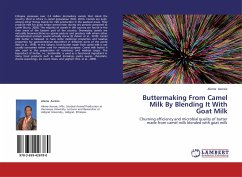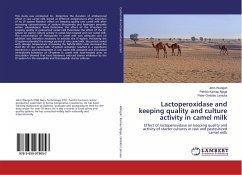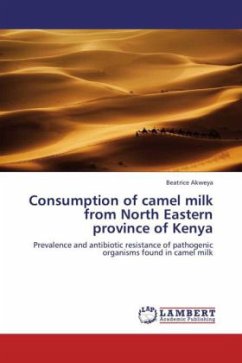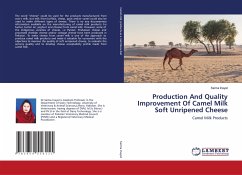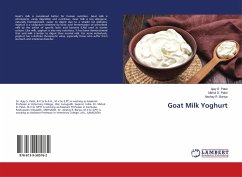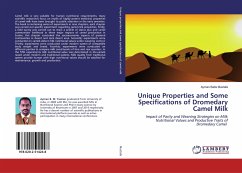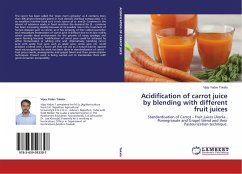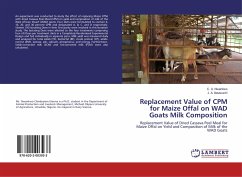Ethiopia possesses over 2.4 million dromedary camels that stand the country third in Africa in camel population (FAO, 2010). Camels are kept, among other things mainly for milk production in the pastoral areas. They produce milk for quite longer period even during dry periods compared to cattle (Kurtu, 2003). The majority of camels in the country are found in the drier areas of the Eastern part of the country. Dromedary camels are naturally browsers,thrive on sparse pasture and produce milk where other domesticated animals would virtually starve (El Zubeir et al., 2010). Camel milk butter is believed to have some medicinal properties and laxative properties for gastrointestinal discomfort in different parts of the world (Rao et al., 1974). In the Sahara, fresh butter made from camel milk is not usually consumed rather used for medicinal purpose. Camel milk butter is also used in the preparation of nutritious and medical soups. The byproduct of butter, i.e., buttermilk, is used asa functional ingredient in many food products such as salad dressings, pasta sauces, chocolate, cheese seasonings, ice cream mixes, and yoghurt (Fox, et al., 2000).
Bitte wählen Sie Ihr Anliegen aus.
Rechnungen
Retourenschein anfordern
Bestellstatus
Storno

